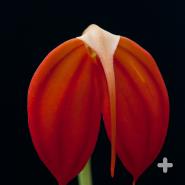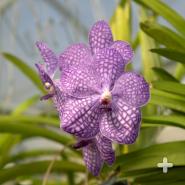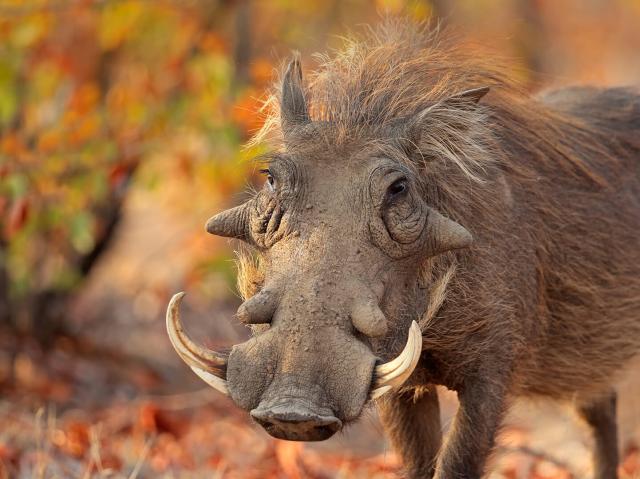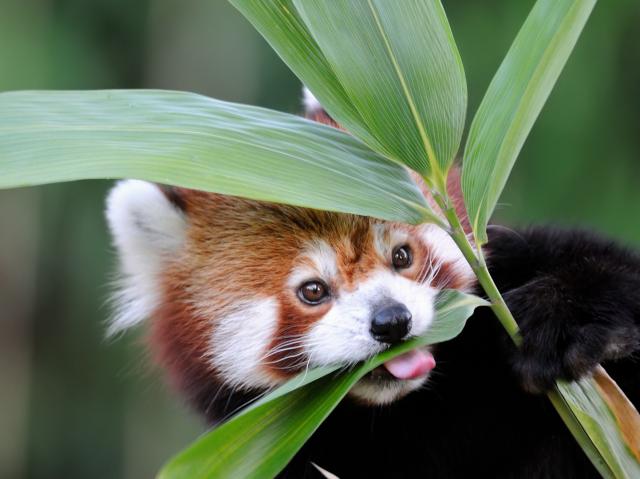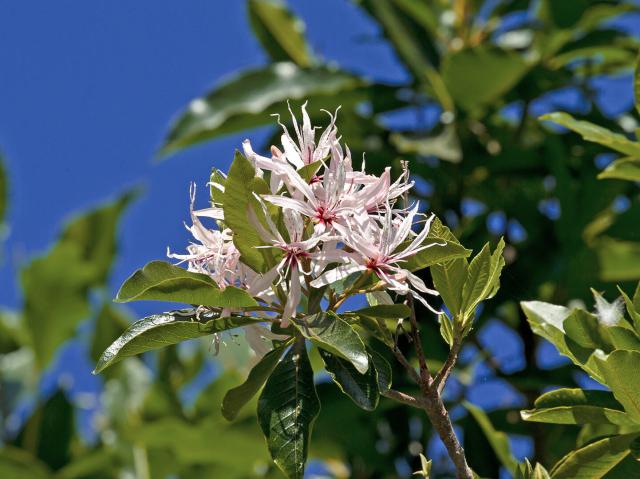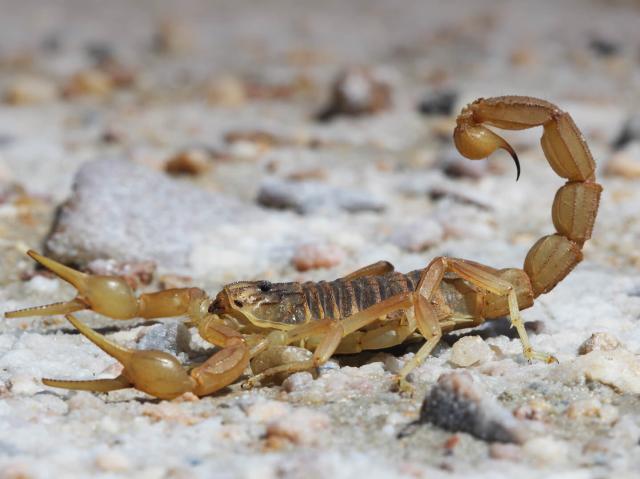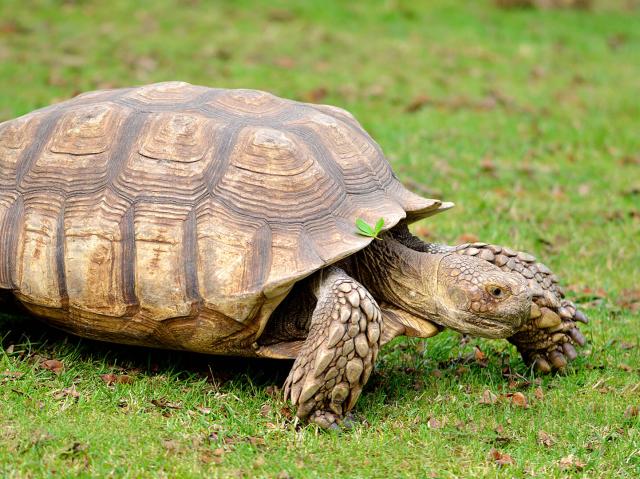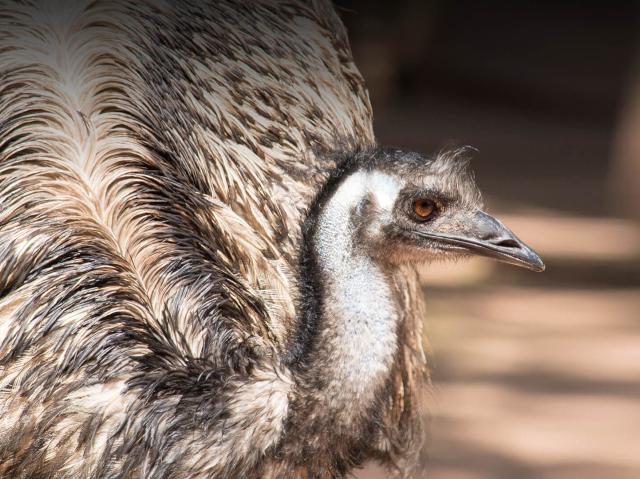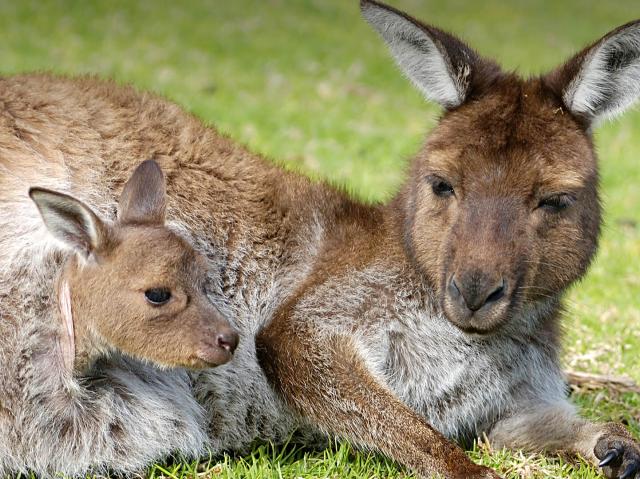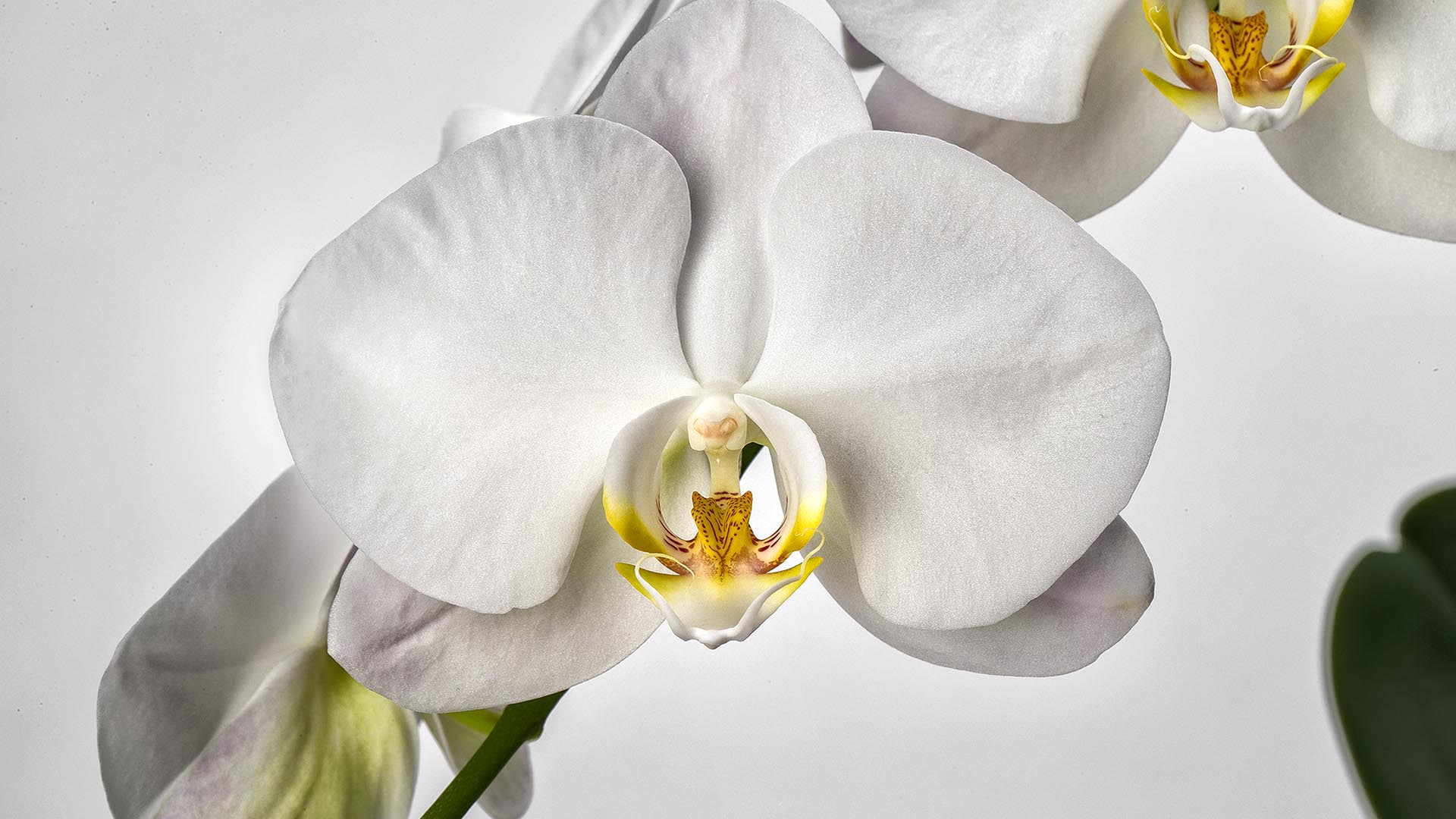
Orchid

- DIVISION: Tracheophyta
- CLASS: Liliopsida
- ORDER: Asperagales
- FAMILY: Orchidaceae
- GENUS: Nearly 800
- SPECIES: Nearly 30,000

OVERVIEW
The orchid family is the second-largest family of plants. (Only the daisy family has more species). Orchids grow on every continent except Antarctica. In temperate regions, some grow in soil, but most orchids are tropical epiphytes (plants that grow without soil, on other plants) that sprout in the treetops. Many dwell in specialized natural niches so small that any disturbance of the habitat can mean extinction.
Orchid flowers evolved to attract pollinators—which can be various species of bees, moths, butterflies, flies, and hummingbirds. These pollinators are attracted by odor, shape, nectar, color, or some irresistible combination of these factors. Orchids have an endless number of fragrances that range from the sublime to the overpoweringly sweet, to the really stinky.
Charles Darwin was fascinated with orchids and their unique and bizarre adaptations. Based on his knowledge of orchids and their pollinators, when he examined Madagascar's Star of Bethlehem Orchid Angraecum sesquipedale, he predicted that the flower's pollinator must be an insect with an extremely long tongue that could probe deep enough into the orchid's 12-inch- (30-centimeter-) long spur to reach the nectar at the bottom. His entomologist contemporaries ridiculed him for such a suggestion, but Darwin had the last laugh. About 40 years later, the orchid's pollinator was discovered, and, sure enough, the Xanthopan moth has a foot-long proboscis that it keeps rolled up when it isn't out nectar hunting.
CHARACTERISTICS
An orchid's thick, spongy roots absorb water and nutrients from rain and dew. In some species, the roots are green and can photosynthesize, too. As you might expect in such a large family, orchid flowers are quite diverse, but they all have three petals surrounded by three sepals. One petal (called the lip) looks quite different from the other two petals and sepals; it typically provides the perfect landing platform for a pollinator. Protected by the petals and sepals, a central column consists of male and female reproductive parts.
Pollinated orchid seeds are tiny—they look like fine powder. That's because each seed holds just a few cells of genetic material, without any food for the developing embryo. When an orchid seed lands on another plant, a specific microscopic fungus invades the embryo and lives there, providing water and nutrients. Eventually, the orchid grows and makes its own food—and energy—by photosynthesizing. The fungi are still in the roots, through; they continue to help providing the orchid with water and nutrients, and in return they get sugars and energy created by the orchid. Botanists describe this type of root partnership as "mycorrhizal."
CULTIVATION
Explorers who brought exotic orchids to Europe gave way to Victorian-era "orchid hunters" who sought out new species—and often plundered native populations while destroying habitats in the process. At home, horticulturists struggled to propagate the plants until 1922, when Lewis Knudsen of Cornell University discovered how to germinate orchid seeds in an agar jelly. Today, successful cultivation and hybridization has resulted in the development of tens of thousands of named orchid hybrids.
USES
Orchids sold as ornamental plants or for the floral trade represent species of more than 200 natural and hybridized genera. Other orchids have even more to offer; the seedpods of Vanilla planifolia are the source of the beans processed into vanilla extract, and some Dendrobium species are used in Traditional Chinese Medicine.
CONSERVATION
Many orchids are endangered, mostly due to habitat destruction and over-collection. The International Union for Conservation of Nature (IUCN, 2022) has assessed more than 1,600 species of orchids, and categorizes more than 860 of them as Vulnerable or Endangered—and of those, 209 are Critically Endangered, and 5 are now Extinct. All orchids are protected by the Convention on International Trade in Endangered Species of Wild Fauna and Flora (CITES). It is illegal, whether for profit or personal use, knowingly or unknowingly, to transport orchids across international borders without the proper paperwork.
San Diego Zoo Wildlife Alliance assists in the conservation of orchids. The San Diego Zoo is a Designated Plant Rescue Center. The Orchid House, with more than 900 orchid taxa, provides an appropriate environment for plants that have been confiscated from the illegal orchid trade. Zoo horticulturists grow, propagate, and share orchids with other botanical gardens.
By supporting San Diego Zoo Wildlife Alliance, you are our ally in saving and protecting wildlife worldwide.
ORCHID ODYSSEY
Join us at the San Diego Zoo the third Friday of each month between 10 a.m. to 2 p.m. to explore the Orchid House.
VANILLA
Vanilla planifolia is grown in many regions of the world for vanilla production, but the plant is native to Central America. The Aztecs were among the first to use the flavoring; they added a bit of vanilla essence to enhance the taste of chocolate. Today, of course, vanilla stands on its own. It's one of the most labor-intensive agricultural crops in the world. Not only are the beans harvest by hand, cooked, dried, and cured, the flowers are individually hand-pollinated!
PACKING MATERIAL
We take the outrageously spectacular Cattleya orchids for granted, since they're used so often in corsages and bouquets. Ironically, their discovery by the Western World was entirely accidental. In the early 1800s, a plant hunter gathered a bunch of rooty-looking plants to use as packing material for a shipment of exotic Brazilian plants. When the crate arrived in England, William Cattley decided, on a whim, to try flowering some of the packing material—just in case anything interesting turned up. Cattley's homely plants yielded a number of fantastically beautiful flowers that were eventually named for him.
RECOGNIZABLE
In the early 1900s, Rudolf Schlechter discovered numerous orchids as he explored what is now known as Papua New Guinea. He named Dendrobium alexandrae after his wife Alexandra, and brought it back to the greenhouse on their Berlin estate. During World War II, however bombing destroyed the specimen. Fortunately, botanical illustrators had made drawings of Schlechter's rare find, so when another was discovered in Papua New Guinea much later, it was correctly identified.
DENDROBIUMS
Native to the Australasia area, there are about 1,600 species of Dendrobium orchids.



